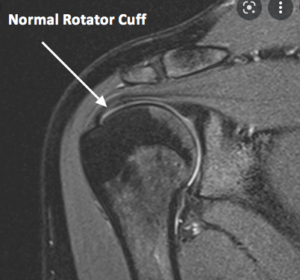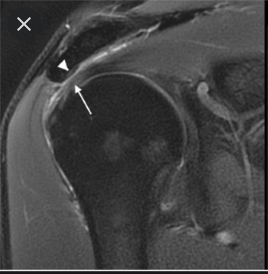Impingement Syndrome
What is Impingement Syndrome?
Impingement syndrome is a problem of the shoulder where a bone spur forms on the top of the shoulder and bites down on the rotator cuff causing bursitis, tendonitis/tendonosis and even rotator cuff tears. (see photo X-ray normal and bone spur).
What causes Impingement Syndrome?
It is unclear what causes the bone spur to form.
What are the symptoms of Impingement Syndrome?
The main symptom of impingement syndrome is usually pain. This can be pain at end-range-of-motion (Crank Test), mid-range-of-motion, with use, at rest, and at night.
How can you tell if you have Impingement Syndrome?
Impingement syndrome is diagnosed by physical exam. X-rays will usually show the bone spur. An MRI can also be helpful.
How is Impingement Syndrome treated?
Treatment of impingement syndrome has changed over the years. Traditionally when a person was diagnosed with impingement syndrome they would be told to rest their shoulder and to start a therapy program that involved using rubber bands, working on shoulder blade position, posture, massage and ultrasound. Unfortunately, this often did not help with the shoulder pain and surgery was considered. The surgery was called “sub-acromial debridement” or “acromioplasty” or “bone spur removal”. It is usually done with an arthroscope . At one point this was one of the most common shoulder surgeries done in the USA.
More recently it has been discovered that the majority of people diagnosed with impingement syndrome can be treated without surgery using a newer and special therapy program. This new program involves the person increasing the use of their shoulder and a 4 quadrant stretching program.

MRI of Normal Rotator Cuff
